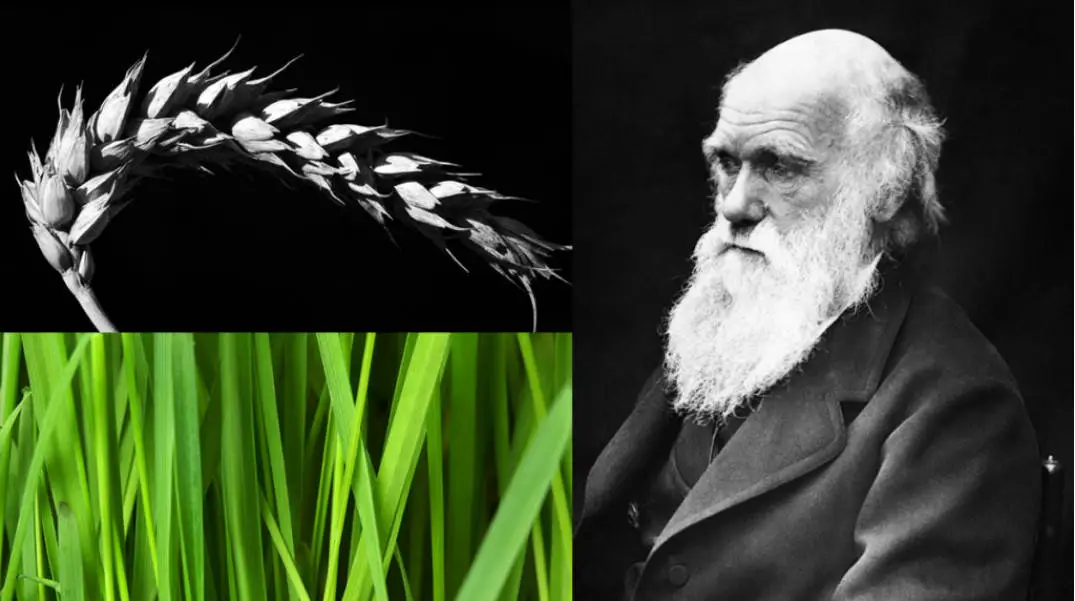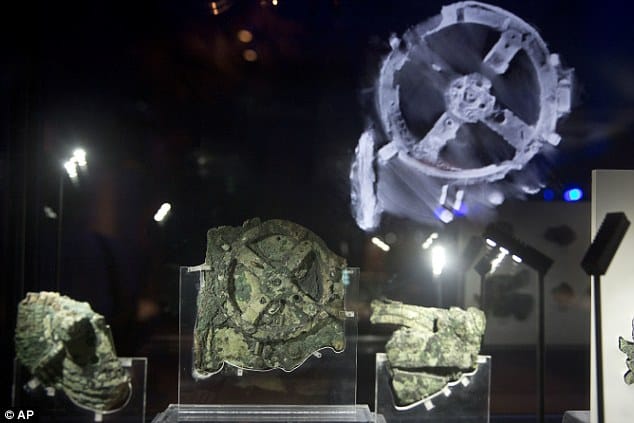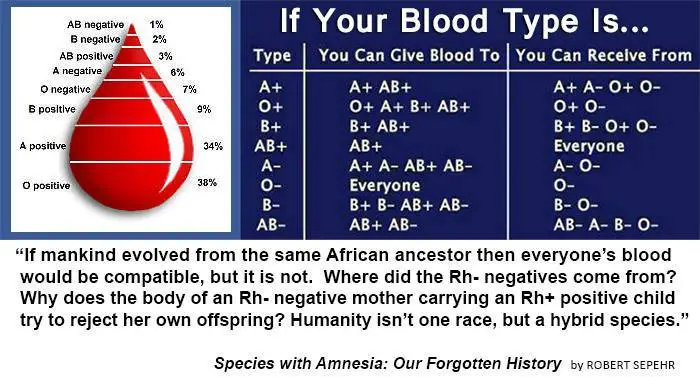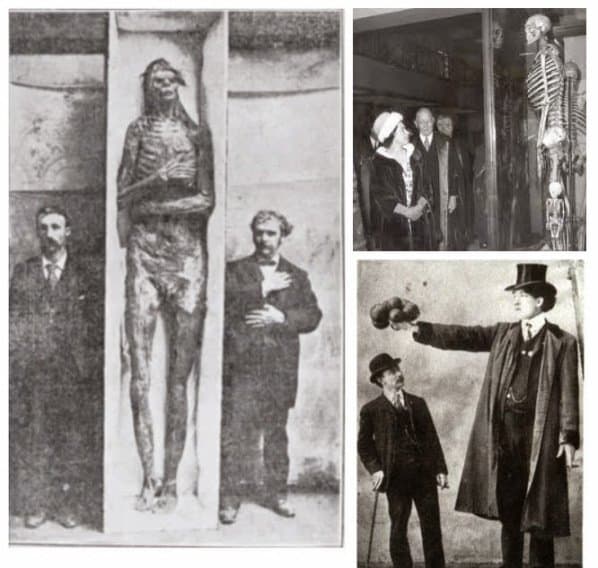
YouTube Video Here: https://www.youtube.com/embed/JOk_0mUT_JU?feature=oembed&enablejsapi=1

Grass can take an “evolutionary shortcut,” swiping genes from neighboring species to get an advantage. That’s what University of Sheffield researchers found out in a new study. Thus, some grasses are naturally genetically modified. However, they are doing it all on their own, without carcinogenic chemicals.
Researchers found “mysterious gene transfer” in both wild and cultivated types of grass.
“Grasses are taking an evolutionary shortcut by borrowing genes from their neighbors. By using genetic detective work to trace the origin of each gene, we found over 100 examples where the gene had a significantly different history to the species it was found in,” said senior author Dr. Luke Dunning.
By “stealing” genes through lateral gene transfer, lowly grass gets an edge on other species. For gardeners worldwide, it all makes sense now. After all, grass seems to thrive under just about any conditions – unless you want it to grow.
Grasses Hack the System
By studying the history of each grass gene, the researchers found hundreds originating from distantly related species.
Thus, some grasses can hack the system, “supplementing their genetic information with stolen genetic secrets,” writes Phys.org.
By obtaining genes from neighboring plants, they become adaptable, grow faster and stronger.
Somehow, the grasses can even take advantage of specific genes. However, scientists don’t yet know the biological mechanism involved. Notably, some of our most common crops may be doing it regularly.
“Whilst only a relatively small proportion of genes are transferred between species; this process potentially allows grasses to cherry-pick information from other species. This likely gives them huge advantages and may allow them to adapt to their surrounding environment quicker,” said Dunning.
If an ordinary grass can re-engineer its genome, it certainly paints human gene manipulation in a humble light.
Natural GMOs
Fortunately, the grasses in the study are those humans depend on most for food: wheat, maize, rice, and barley. By studying how the plants naturally change, scientists hope we can apply it to naturally modify crops.
In particular, grasses with a rhizome appear more likely to engage in gene swapping. A rhizome is a modified stem running underground like a root that stores nutrients. Along the rhizome, nodes can send new roots down into the soil.
Unfortunately, many plants with rhizomes are invasive, and part of a rhizome can grow a new plant asexually (including poison ivy).
A New Leaf to Darwinian Evolution
As the University of Sheffield researchers point out, grass doesn’t fit traditional Darwinian evolution. Rather than pass genes from parent to offspring, grass can “steal genes” from neighbors. Thus, they bypass natural selection.
Consequently, no sexual reproduction is involved. Furthermore, gene modification appeared to be widespread.
See more about how Darwin came up with the Theory of Evolution from the BBC below
How Does Grass Do It?
For now, scientists are stumped about how grass modifies its genes.
“Foreign DNA was detected in the genomes of 13 of the 17 grasses sampled, including crops such as maize, millet and wheat. The million-dollar question is, how are these genes moving between species? In truth, we don’t know and we may never know for certain as there are several potential mechanisms and more than one may be involved,” wrote Dunning.
Perhaps, the rhizomes are rubbing up against neighboring plants, resulting in “root fusion,” they suggest. Notably, a similar transfer of DNA was observed in grafted tobacco plants.
By studying the phenomena, scientists may find ways to modify valuable food crops. Importantly, this may come just in time as we confront climate change.
Other Organisms Do it Too
Although the grass’s abilities are rare in other plants and animals, other lifeforms can do it:
- Bacteria
- Aphids
- Mushrooms
- Whiteflies
If fungi can share the genetic instructions, one wonders if this can transfer to the mycorrhizal fungal highways that connect life in the forests?
In other instances, animals can incorporate algae into their bodies, rendering them photosynthetic. One species of aphid became solar-powered, producing carotenoids other animals require from plants.
Recommended: Venomous Humans Could Evolve Due to Common Ancestor with Reptiles
See more from Dunning lab
Featured image: Darwin by WikiImages via Pixabay, Pixabay License with wheat by NickyPe via Pixabay, Pixabay License







